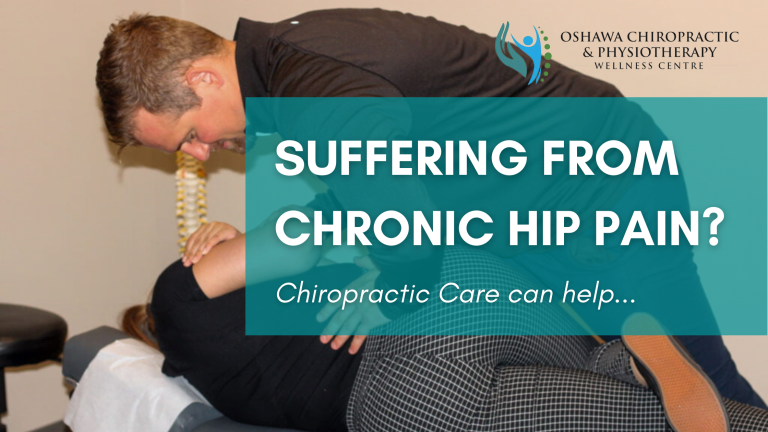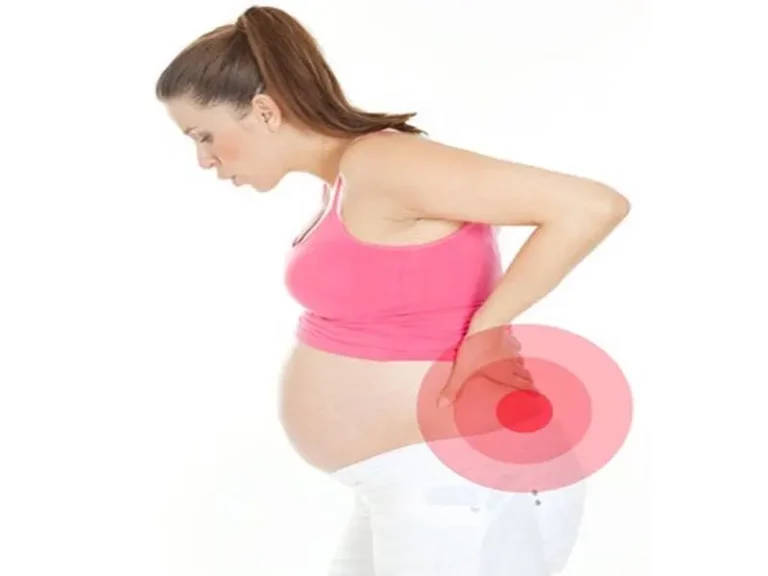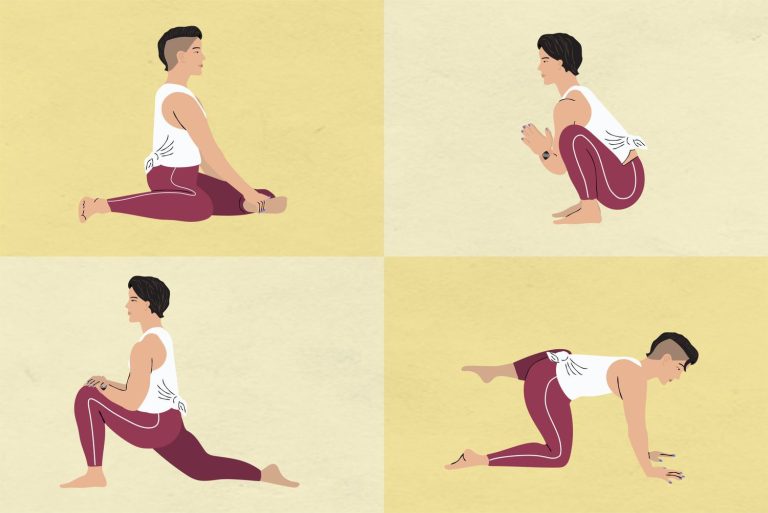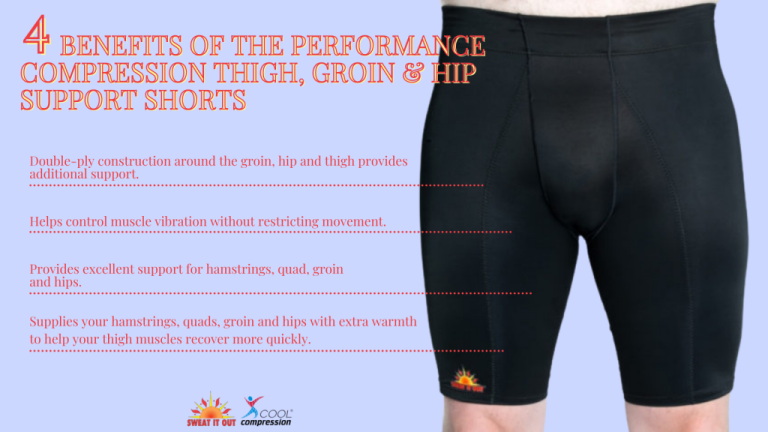Unlock Your Potential: Hip Mobility Exercises for Physical Therapy
In a world where hip concerns are all too common, we cannot underestimate the power of hip conditioning. Whether you’re an athlete aiming for peak performance, a senior trying to maintain mobility, or someone grappling with arthritis, the health of your hips can make or break you.
But fear not! Hip mobility exercises can come to the rescue.
By honing in on the gluteus maximus and medius muscles while avoiding pain-triggering mistakes, you can unleash the full potential of your hips. Start slowly, increase intensity gradually, and witness the magic unfold.
Soothe pain, improve flexibility, and bid farewell to the notion of hip replacement surgeries. But remember, never push yourself to intense pain.
Seek guidance from a physical therapist and let the healing begin.
hip mobility exercises physical therapy
Hip mobility exercises are a crucial component of physical therapy for improving hip function and reducing pain. Whether you are an athlete, a senior citizen, or someone with arthritis, hip conditioning exercises can benefit you.
Weak or inflexible hips are common due to prolonged sitting and lack of exercise. Athletes who overuse their hips may also experience pain and injury.
Targeting the gluteus maximus and medius muscles while avoiding overworking the tensor fasciae latae (TFL or IT band) can help prevent pain. It is important to start slowly and gradually increase intensity for tight, inflexible hips, and warmup exercises like the Frankenstein walk and hip circles are necessary.
Resistance bands can be used for exercises like sidestepping. These exercises can relieve pain, improve flexibility, and even prevent the need for hip replacements.
However, it is important to pay attention to pain levels, as exercises should not cause intense pain. If necessary, consulting a doctor or seeking physical therapy can provide specific exercises tailored to individual needs and conditions.
Key Points:
- Hip mobility exercises are essential in physical therapy to improve hip function and reduce pain.
- Weak or inflexible hips are common due to prolonged sitting and lack of exercise.
- Athletes who overuse their hips may experience pain and injury.
- Targeting specific muscle groups while avoiding overworking others can prevent pain.
- Gradually increasing intensity and incorporating warmup exercises is important for tight hips.
- Resistance bands can be used to relieve pain, improve flexibility, and prevent hip replacements. However, exercises should not cause intense pain.
Sources
https://sportydoctor.com/hip-physical-therapy/
https://www.healthline.com/health/hip-exercises
https://orthoinfo.aaos.org/en/recovery/total-hip-replacement-exercise-guide/
https://www.medicalnewstoday.com/articles/325029
Check this out:
💡 Pro Tips:
1. Maintain proper form and technique during hip mobility exercises to avoid further injury.
2. Incorporate dynamic stretching exercises into your routine to improve hip mobility.
3. Include lateral movements such as side lunges or lateral leg lifts to target the hip abductor muscles.
4. Utilize foam rolling or self-myofascial release techniques to release tension in the hip muscles.
5. Gradually increase the intensity and duration of your hip mobility exercises over time to continue progressing and improving flexibility.
Hip Mobility Exercises Benefit Everyone
Hip mobility exercises are not just for individuals with hip concerns. In fact, everyone can benefit from incorporating these exercises into their fitness routine.
With our modern sedentary lifestyle and lack of regular exercise, weak or inflexible hips have become quite common. By dedicating some time to hip conditioning exercises, individuals can improve their overall hip health and prevent future issues.
Common Causes Of Weak Or Inflexible Hips
The main culprits behind weak or inflexible hips are excessive sitting and lack of exercise. Many of us spend hours each day sitting at desks, in front of computers, or on couches.
This constant sitting leads to tightened hip muscles and reduced range of motion. Additionally, a sedentary lifestyle contributes to weakened hip muscles.
Lack of exercise and movement can lead to muscular imbalances, making it difficult for the hips to perform optimally.
Hip Injuries In Athletes And Overuse
Even athletes who heavily rely on their hips can experience pain and injury if they overuse these muscles. Activities such as weightlifting, hiking, and running require repetitive hip movements, which can put significant strain on the joints and muscles.
This repetitive stress can lead to overuse injuries, including hip pain, tendonitis, bursitis, and even stress fractures. Incorporating hip mobility exercises into their training routine can help athletes prevent these injuries and improve their performance.
14 Hip Exercises For Different Needs
There are numerous hip exercises that can benefit a wide range of individuals, including weightlifters, hikers, runners, senior citizens, and people with arthritis. These exercises focus on improving hip strength, flexibility, and mobility.
Some exercises that are particularly effective for hip conditioning include:
-
Hip bridges: This exercise targets the gluteus maximus and medius muscles, helping to strengthen and stabilize the hips. – Clamshells: Specifically targeting the gluteus medius, clamshells help to prevent hip pain and improve hip mobility.
-
Squats: Squats engage multiple hip muscles and are great for building strength and stability. – Lunges: Lunges not only activate the hip muscles but also help to improve balance and stability.
-
Leg lifts: Leg lifts target the hip flexor muscles and aid in improving hip mobility.
These are just a few examples, and there are many more exercises that can be tailored to meet individual needs and fitness levels.
Targeting The Right Muscles For Hip Conditioning
When performing hip mobility exercises, it is essential to target the correct muscles for optimal conditioning. The gluteus maximus and medius muscles play a significant role in hip stability and mobility and should be the primary focus during these exercises.
However, it is crucial to avoid overworking the tensor fasciae latae (TFL) or IT band. Overworked TFL can cause pain and tightness in the hips, so it is essential to strike a balance between targeting the correct muscles while not overloading the TFL.
Tips For Starting And Progressing Hip Mobility Exercises
Starting slowly and gradually increasing the intensity of hip mobility exercises is crucial, especially for individuals with tight and inflexible hips. It is essential to listen to your body and understand your limits to avoid injury.
Warming up before starting these exercises is necessary to prepare the muscles. Incorporating warm-up exercises like the Frankenstein walk and hip circles can help to loosen up the hip muscles and increase blood flow to the area.
For added resistance and intensity, incorporating resistance bands into exercises like sidestepping can further enhance hip conditioning. The use of these bands adds a progressive challenge to the muscles, ultimately leading to improved strength and mobility.
Conclusion
Incorporating hip mobility exercises into your physical therapy routine can provide numerous benefits. Whether you are an athlete looking to prevent hip injuries, a senior citizen aiming to maintain hip health, or an individual with arthritis seeking pain relief, there are specific exercises tailored to your needs.
Strengthening the hip muscles not only brings relief and improves flexibility but can also prevent the need for hip replacements.
It is crucial to pay attention to pain levels while performing these exercises. If any exercise causes intense pain, it is essential to stop immediately and consult with a healthcare professional.
Physical therapy can also play a significant role in assisting with hip mobility and providing specific exercises for various hip conditions. By unlocking your potential through hip mobility exercises, you can improve your overall hip health and lead a more active and pain-free life.







